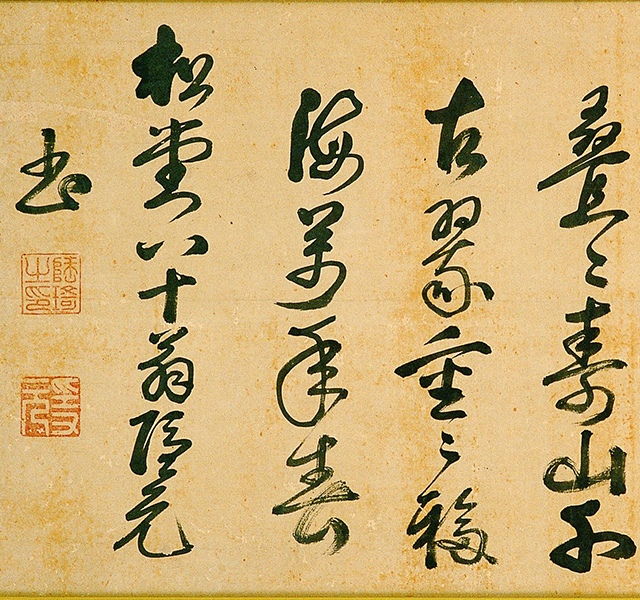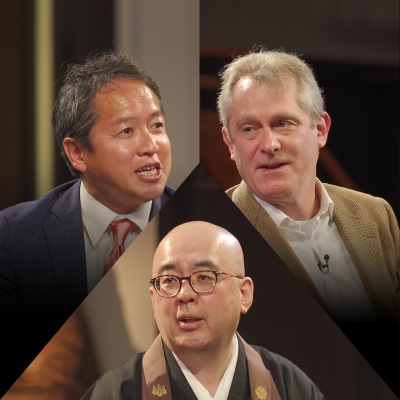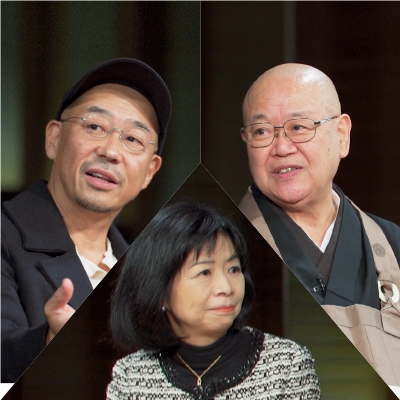
The History of Zen: Discovering the Roots of Sōtō Zen (24)
From Prof. KAGAMISHIMA Genryū’s Zengaku gairon kōgi nōto
(Introduction to Zen Studies Lecture Notes)
Section Two: Ōbaku-shū
Japanese Ōbaku-shū is part of the lineage of Rinzai-shū, but is completely different from Japanese Rinzai-shū in its style. Ōbaku-shū is named after the teacher of Linji named Huangbo Xiyun (Jpn. Ōbaku Kiun黄檗希運), but does not have any direct relationship with him. The Ōbaku-shū was taught by the Chinese émigré Ingen Ryūki (Chn. Yinyuan Longqi, 1592–1673) and takes him as its founder. Ingen is considered to be the founder but the school is named Ōbaku-shu because before Ingen came to Japan he revived Mt. Huangbo and was called the rebirth of Huangbo Xiyun, so the people of that time called the Zen he taught Ōbaku-shu.
When Ingen arrived in Japan he built Ōbaku-san黄檗山 Manpuku-ji monastery万福寺 in Uji宇治, and soon after passed it on to his disciple Mokuan Shōtō木菴性瑫 (Chn. Muan Xingtao, 1611–1684). Afterwards, only Chinese monks served as the successive abbots of Ōbaku-san for thirteen generations, after which Japanese monks were the abbots.
Ōbaku-shu is most clearly different from Rinzai-shū in that it teaches Pure Land Zen. Rinzai-shū teaches Song Dynasty Zen, but the Zen Ingen brought to Japan was Ming Dynasty Linji School. Ōbaku-shū was quite influential during the Edo Period, and for a time was powerful enough to overshadow Sōtō-shū and Rinzai-shū. Today, however, it is not flourishing as a Zen school. This is because while the combined practice of Zen and Pure Land was extremely popular in Chinese Buddhist circles, it did not suit the Japanese temperament.

SPECIAL
ZEN,KOMAZAWA,MANAGEMENT
For our 5th discussion in this series we welcomed guest participant Mr. David Atkinson, CEO of Konishi Decorative Arts and Crafts, for a three-way dis・・・
2020.08.07

SPECIAL
ZEN,KOMAZAWA,MOVIE
For our fourth interview we welcomed film director Tatsushi Ōmori as our guest, and together with Komazawa University Chancellor Seishi Nagai and Prof・・・
2020.03.05

